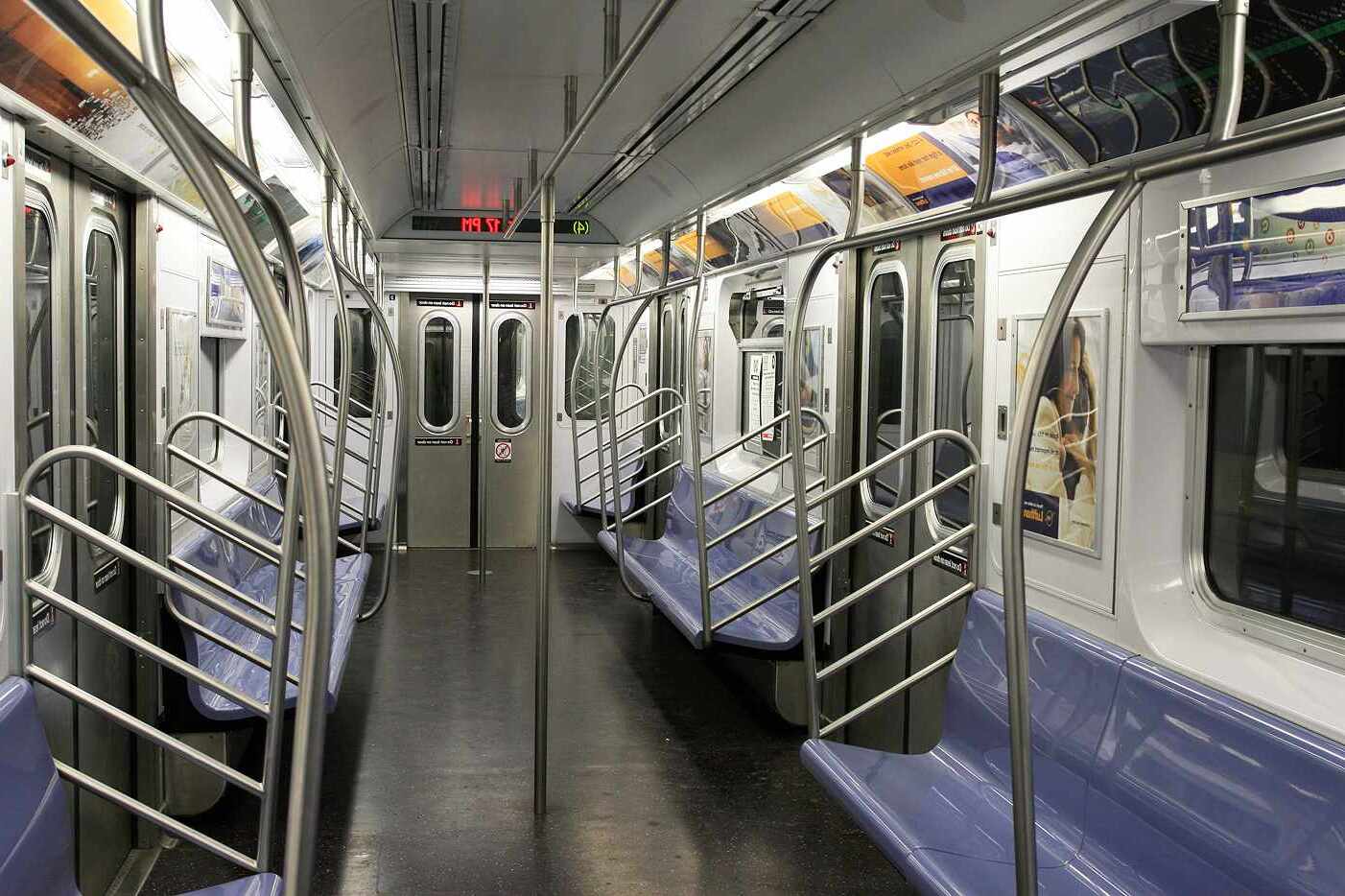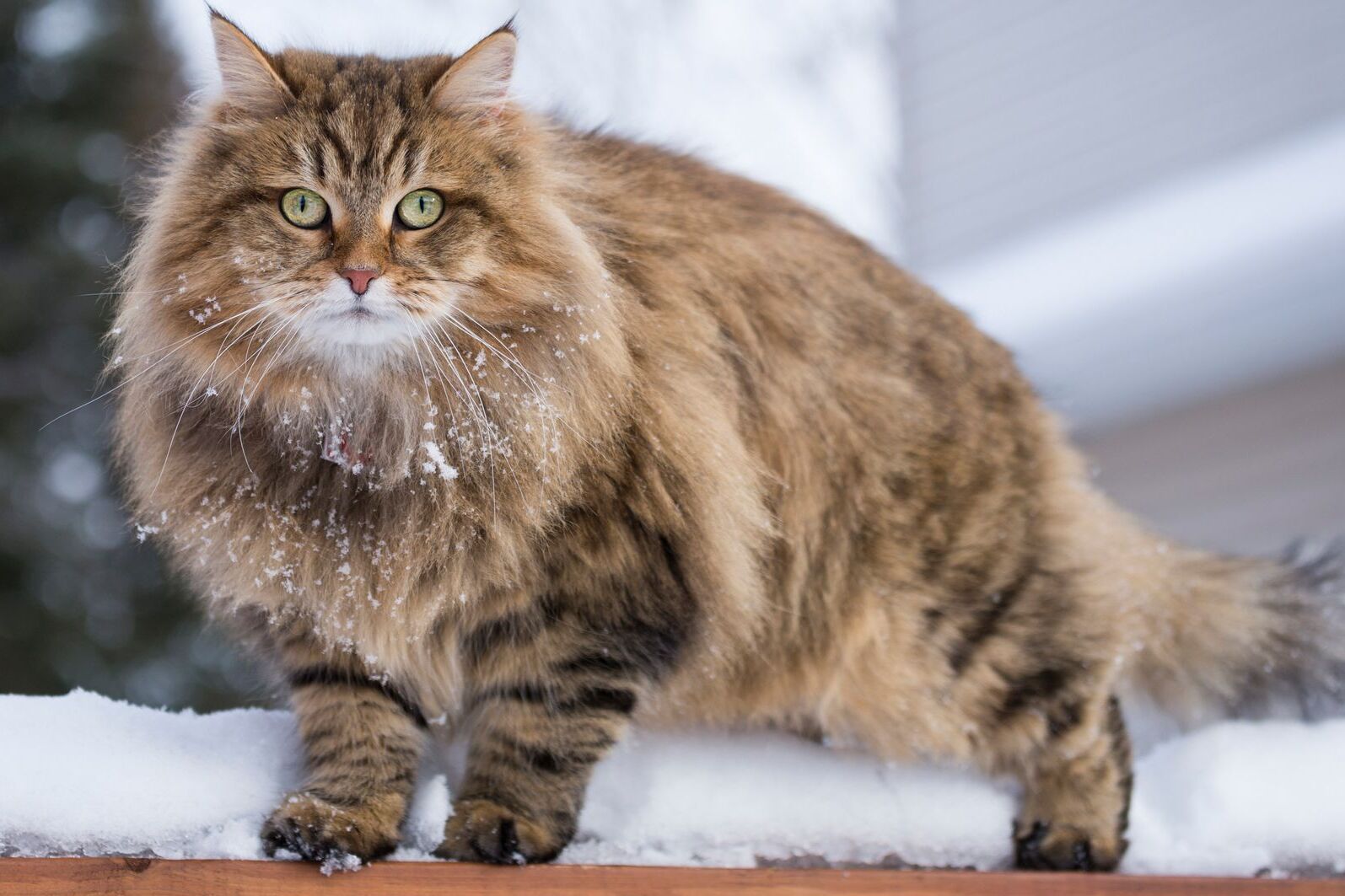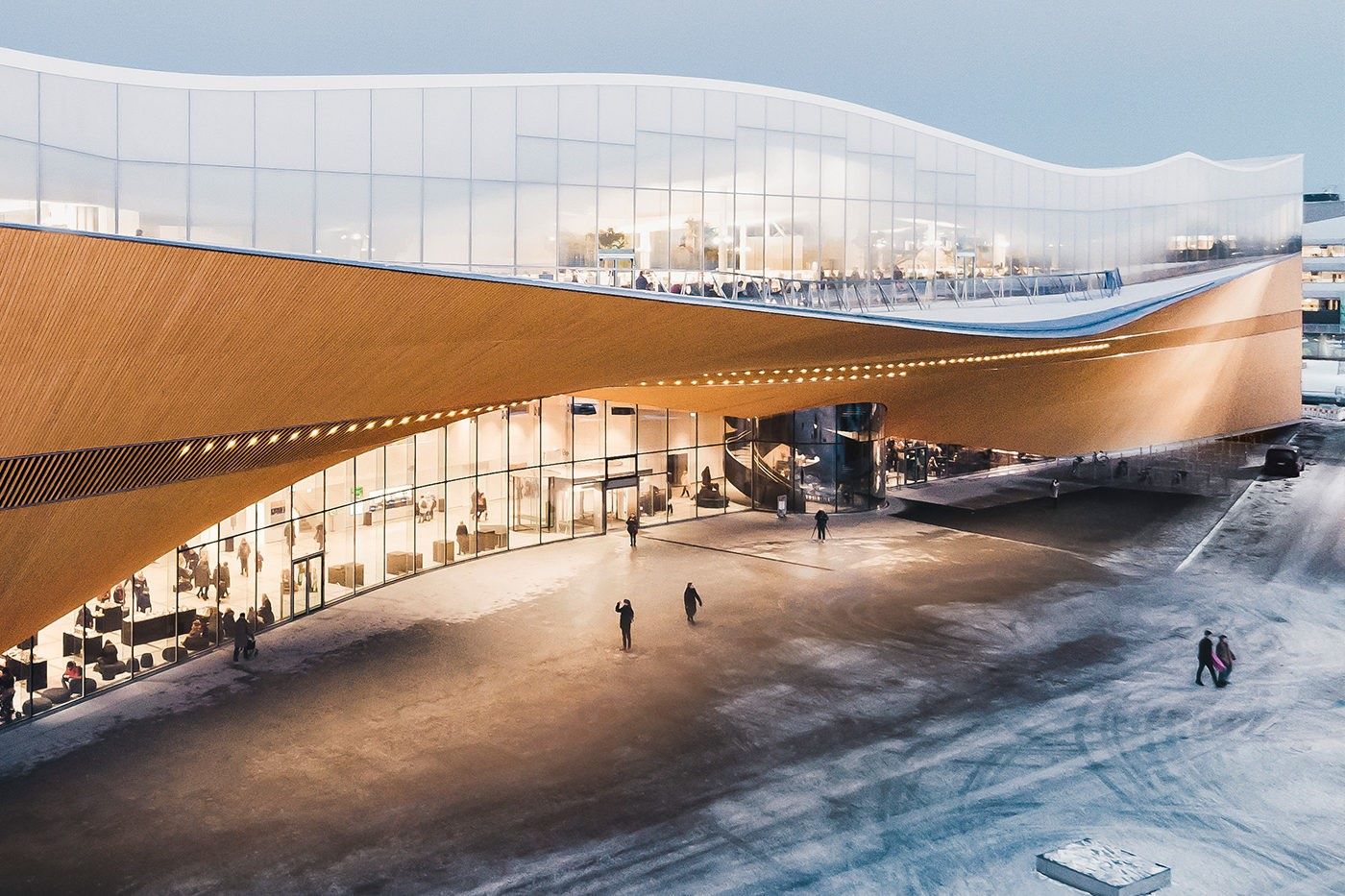
What makes the Metropolitan Transportation Authority (MTA) so essential to New York City? The MTA, established in 1965, is a lifeline for millions in the NYC metropolitan area. Covering over 5,000 square miles, it connects the five boroughs and parts of New York and Connecticut. With an average of 8.6 million daily riders, the MTA operates one of the world's largest public transit systems. Its vast network includes 472 subway stations, 5,725 buses, and 2,429 commuter rail cars. From secret entrances and ghost stations to historical accidents and artistic installations, the MTA is rich in history and culture. Dive into these 50 intriguing facts that reveal why the MTA is more than just a transportation system—it's a vital part of New York City's identity.
The Metropolitan Transportation Authority (MTA): A Brief Overview
The Metropolitan Transportation Authority (MTA) is a cornerstone of New York City's daily life. It’s not just a transit system; it’s a lifeline for millions. Here are some fascinating facts about the MTA that highlight its history, operations, and unique quirks.
- The MTA was established on June 1, 1965, as a public benefit corporation responsible for public transportation in the New York City metropolitan area.
- It serves 12 counties in Downstate New York and two counties in southwestern Connecticut under contract to the Connecticut Department of Transportation.
- The MTA covers over 5,000 square miles, including all five boroughs of New York City: Manhattan, Brooklyn, Queens, the Bronx, and Staten Island.
- As of 2017, the MTA averages 8.6 million customers per day, translating to 2.65 billion rail and bus customers annually.
- The MTA's all-time ridership record was set in 1946, with 2.067 billion passengers.
- The MTA's operating budget for 2024 is $19.3 billion, reflecting the significant financial investment required to maintain and improve its extensive network.
- The MTA employs over 74,000 people, making it one of the largest employers in the region.
The MTA's Extensive Fleet and Infrastructure
The MTA's fleet and infrastructure are vast and complex, ensuring that millions of people can get where they need to go every day.
- The MTA operates a vast fleet of vehicles, including 2,429 commuter rail cars, 6,418 subway cars, 61 SIR cars (Staten Island Railway), and 5,725 buses.
- The MTA operates 472 subway stations across its network. When the system first opened in 1904, there were only 28 stations.
- The MTA's bus fleet consists of 5,725 buses, which are an essential part of its comprehensive transportation network.
- If all the tracks that make up the NYC subway were laid end to end, they would stretch from New York to Chicago, approximately 660 miles.
- The Times Square-42nd Street station is the busiest subway stop in New York City, servicing over 65 million riders annually.
- The A train is the longest route in the NYC subway system, spanning 31 miles from 207th Street in Manhattan to Far Rockaway in Queens.
- The NYC subway system has nine ghost stations, which are abandoned or never used. The most beautiful of these is the abandoned City Hall station on the 6 line.
Hidden Secrets and Unique Features
The MTA is full of hidden secrets and unique features that add to its charm and mystique.
- The MTA maintains several secret entrances and hidden spaces within its system. For example, 58 Joralemon Street in Brooklyn Heights appears to be a normal townhouse but actually hides subway equipment.
- There is a secret train platform underneath the Waldorf-Astoria building that was used by President Franklin Roosevelt to hide his wheelchair use.
- Historically, vigilante groups like the "Magnificent 13" and the "Guardian Angels" patrolled the subways to protect riders.
- In the 1980s, the MTA painted 7,000 subway cars pure white to combat rampant graffiti. However, graffiti artists saw this as a fresh canvas and continued to tag the trains.
- From 1953 to 2003, the MTA used tokens instead of coins for fare payment. Desperate individuals would jam turnstiles and use their mouths to suck tokens out of slots.
- The MetroCard was introduced in 1997, replacing tokens as the primary method of fare payment. Despite the prevalence of MetroCards, tokens remained valid until spring 2003.
- The first air-conditioned subway cars were introduced in June 1967, significantly improving the riding experience during hot summer months.
Historical Events and Cultural Impact
The MTA has been the backdrop for many historical events and has had a significant cultural impact.
- The worst subway accident in New York's history occurred on January 22, 1918, when a conductor lost control of his train while entering a tunnel on Brooklyn's Malbone Street.
- The MTA occasionally hosts Nostalgia Train Rides, where old subway cars are pulled out of storage and used for special events.
- There are several hidden libraries within the MTA system. For example, the Terence Cardinal Cooke-Cathedral Library is located at the entrance to the 6 train at 50th Street.
- The Astor Place station is reportedly haunted by a lavish ghost train that passes through late at night, picking up unsuspecting passengers and bringing them back in time to the early 1900s.
- In an effort to maintain safety, the MTA banned hoverboards from the subway system.
- Michael Jackson filmed the music video for his song "Bad" at the Hoyt-Schermerhorn subway station.
- Due to the popularity of the book and movie "The Taking of Pelham 123," train dispatchers generally avoid giving trains leaving Pelham Bay Park a 1:23 departure time.
Quirky Facts and Lesser-Known Tidbits
The MTA is full of quirky facts and lesser-known tidbits that make it even more interesting.
- The MTA maintains a fake building in Brooklyn Heights. The brownstone exterior actually contains electrical equipment and a secret entrance to the subway system.
- The MTA will email or fax a "late letter" if a train delay causes a commuter to be late for work.
- In 2013, the NYC subway cars traveled a combined 344.9 million miles.
- For workers who overuse the "my train was delayed" excuse, offices can request verification of delays from the MTA.
- There is a mural by Roy Lichtenstein in the 42nd Street station, adding a touch of art to the MTA's infrastructure.
- A dark poem titled "The Commuter's Lament" is written on the ceiling of the tunnel from 42nd Street to Port Authority stations.
- The Woolworth Building also had its own secret entrance, located at the City Hall stop.
- The South 4th Street station in Williamsburg was never used and was taken over by a street art collective in 2012.
- The Guardian Angels, a vigilante group formed in 1979, patrolled the subways to protect riders.
- The Magnificent 13, another vigilante group, also patrolled the subways.
- To deter thieves from jamming turnstiles and sucking tokens out of slots, token booth clerks would sprinkle chili powder into the slots.
- In addition to chili powder, some token booth clerks used mace to deter thieves.
- The MTA has incorporated various art installations throughout its stations. These include murals, sculptures, and other forms of public art.
- The legend of the ghost train passing through Astor Place station adds to the mystique of the MTA's extensive network.
- The ban on hoverboards in the subway system was implemented to ensure safety and prevent potential accidents.
- Michael Jackson's music video for "Bad" was filmed at the Hoyt-Schermerhorn subway station.
- Train dispatchers avoid giving trains leaving Pelham Bay Park a 1:23 departure time due to the iconic plot of "The Taking of Pelham 123."
- The fake building in Brooklyn Heights serves as a unique example of the MTA's hidden infrastructure.
- President Franklin Roosevelt used a secret train platform underneath the Waldorf-Astoria building to hide his wheelchair use.
- The MTA will email or fax a "late letter" if a train delay causes a commuter to be late for work.
- In 2013, the NYC subway cars traveled a combined 344.9 million miles.
- The MTA has incorporated various artistic installations throughout its stations. These include murals, sculptures, and other forms of public art.
The MTA: More Than Just Transit
The Metropolitan Transportation Authority (MTA) is a lifeline for millions in the New York City area. From its establishment in 1965 to its daily ridership of 8.6 million, the MTA's impact is undeniable. With 472 subway stations, 5,725 buses, and a fleet of 6,418 subway cars, it’s a marvel of modern infrastructure. Unique quirks like ghost stations, secret entrances, and nostalgia train rides add to its charm. The MTA's history, from vigilante groups to graffiti battles, showcases its resilience. Art installations, hidden libraries, and even a secret platform for President Roosevelt highlight its cultural significance. The MTA isn’t just about getting from point A to B; it’s a vital part of New York’s identity, blending history, culture, and innovation.
Was this page helpful?
Our commitment to delivering trustworthy and engaging content is at the heart of what we do. Each fact on our site is contributed by real users like you, bringing a wealth of diverse insights and information. To ensure the highest standards of accuracy and reliability, our dedicated editors meticulously review each submission. This process guarantees that the facts we share are not only fascinating but also credible. Trust in our commitment to quality and authenticity as you explore and learn with us.


